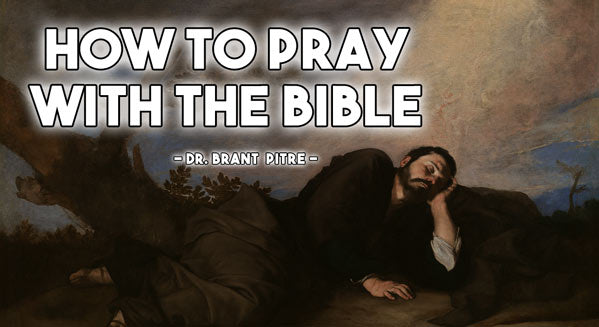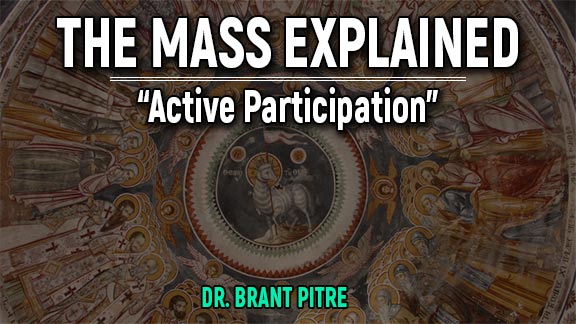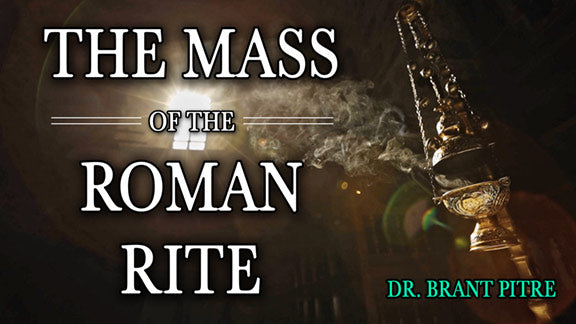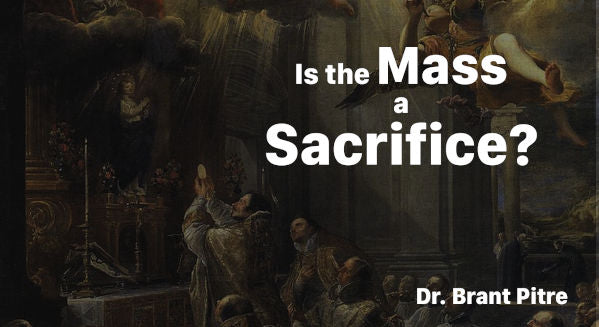Just like every other Catholic Productions offering by Dr Brant Pitre, this presentation was both intellectually and spiritually enlightening. His invitation to see the crosses we receive in our lives being as being ‘gifts from God through which he draws us closer to himself’ and configures us to his sacrifice is a reflection that I think will stay with me for a very long time.
Love Dr Pitre’s thorough explanations. Such a great communicator!
Jesus and the End Times: A Catholic View of the Last Days
The Mass Explained + The Mass Readings Explained <Main Product>






